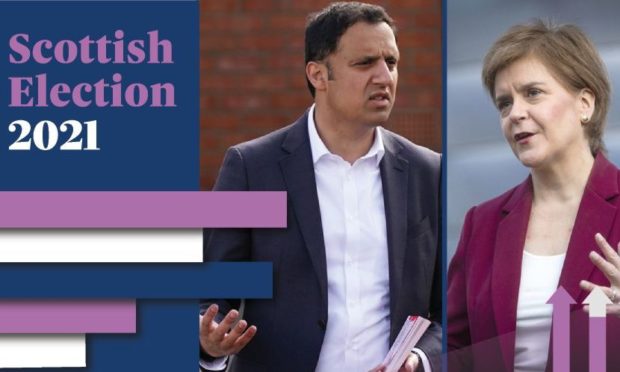People have been to the polls, the counts have been concluded, and there’s now 129 new MSPs taking up the helm in Holyrood – but how representative is our new parliament?
This year, the SNP had the greatest number of seats, with 64 MSPs out of the 129 total – just one short of a majority.
The Scottish Conservatives hold 31 seats, while Scottish Labour has 22, the Liberal Democrats four and the Scottish Green Party has eight.
Alex Salmond’s Alba party ended the second day of counting without having secured any seats.
We’ve looked at some data around the new MSPs, how many have been re-elected, what their general job type prior to being announced as MSP was, and whether they’ve been elected to a parliament before – including as an MSP, an MP, or an MEP before the UK left the EU.
Let’s start with gender – how equal is the new parliament?
In 2016 at the last election, there was 84 male MSPs elected, and 45 female MSPs.
This year, although there are still more male MSPs, the gender split is more equal, with 71 men and 58 women elected.
But where the Scottish parliament is severely lacking in diversity is in the split between BAME and white MSPs.
SNP’s Kaukab Stewart, MSP for Glasgow Kelvin, was the first woman of colour to be elected to the Scottish Parliament since it was established in 1999.
She is one of only a few BAME MSPs elected – the others being SNP’s Humza Yousaf, Labour’s Anas Sarwar, Conservative’s Sandesh Gulhane, Conservative’s Pam Gosal and Conservative’s Foysol Choudhury.
Who are the new Constituency MSPs?
There are a total of 73 constituency MSPs, each are elected to one of the constituencies across Scotland.
The chart below shows all of the new MSPs for each constituency, coloured by party.
Hover over each circle for more information, or colour the chart by category based on whether they’ve been elected before, and what their job type prior to being elected is.
Who are the new region MSPs?
There are eight regions in Scotland- Central Scotland, Glasgow, Lothian, Highlands and Islands, Mid Scotland and Fife, North East Scotland, South Scotland and West Scotland.
For each region, there are seven MSPs elected, who represent the region as a whole. They were elected using a proportional vote under the Additional Member System (AMS).
The system is designed to help make the parliament more proportional, with parties gaining more seats this way.
The chart below shows all of the new MSPs for each region, coloured by party.
Hover over each circle for more information, or colour the chart by category based on whether they’ve been elected before, and what their job type prior to being elected is.
